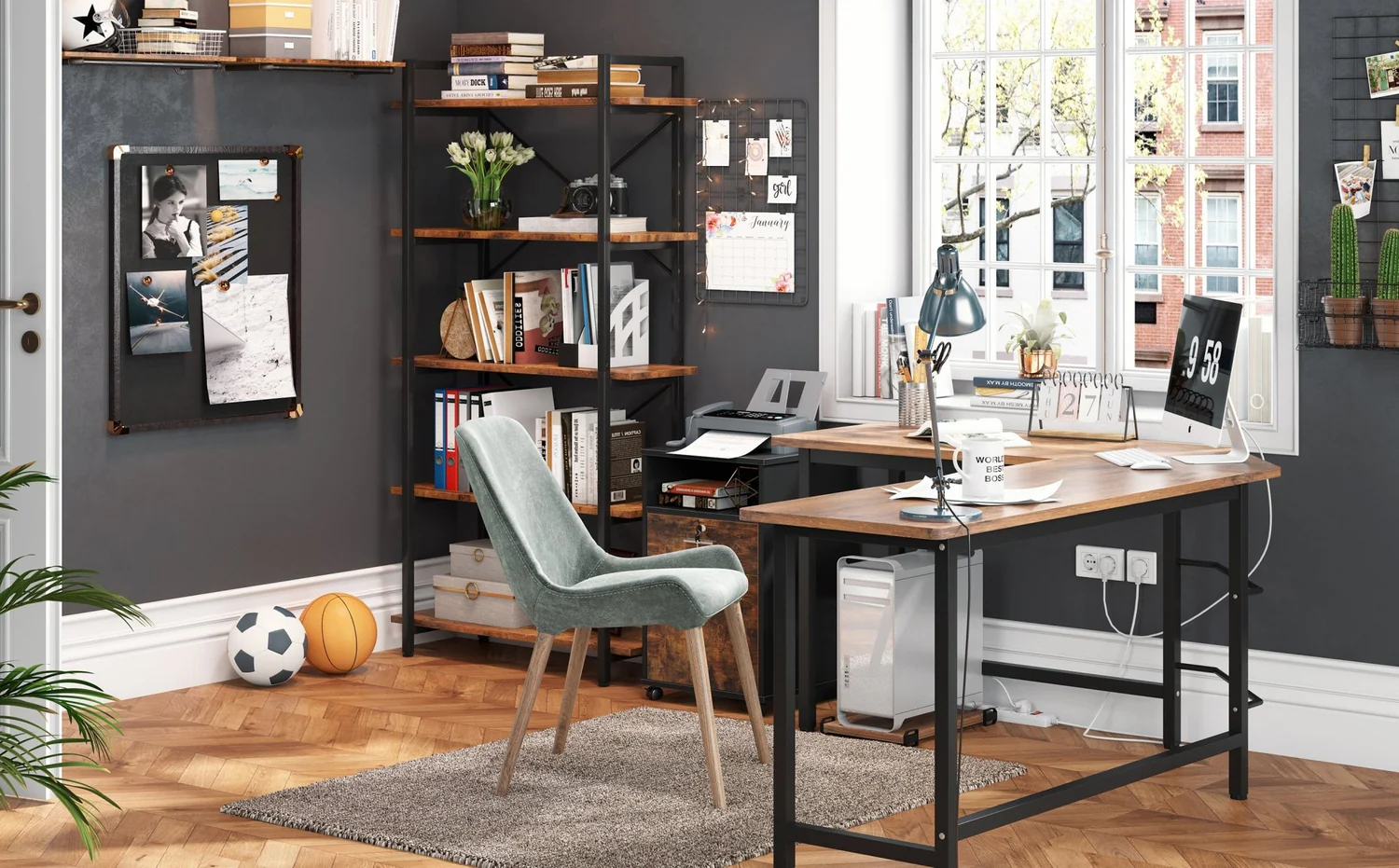As virtual reality technology becomes more accessible, students and remote workers are discovering the benefits of VR-enhanced study spaces. Creating an affordable home VR study nook doesn’t require expensive renovations or high-end equipment. With some thoughtful planning and creative solutions, you can transform a small corner of your living space into an immersive learning environment that boosts focus and productivity.
Choosing the Right Space
The foundation of your VR study nook begins with selecting an appropriate area in your home. Look for a quiet corner with enough clearance for safe VR movement – about 6.5 by 6.5 feet is ideal for most standing VR experiences. Consider spaces near power outlets to keep devices charged, and avoid areas with fragile decorations or low-hanging light fixtures. A spare bedroom corner, section of a home office, or even a cleared-out closet can work perfectly when optimized properly.
Selecting Affordable VR Equipment
You don’t need the latest premium headset to create an effective VR study space. Older generation VR systems like the Oculus Quest 2 or used enterprise headsets often provide excellent functionality at a fraction of the cost. Look for refurbished models from reputable sellers, or consider borrowing equipment from local tech lending libraries. Many universities and community centers now offer VR device rentals specifically for educational purposes. Pair your headset with inexpensive accessories like anti-fatigue mats and basic controller straps to enhance comfort during longer study sessions.
Creating an Immersive Environment
Transform your physical space to complement your virtual one without breaking the bank. Use room dividers or bookshelves to define your study area if you don’t have dedicated walls. Affordable LED strip lights can help set the mood and reduce eye strain when transitioning between physical and virtual spaces. Consider adding simple soundproofing elements like heavy curtains or foam panels to minimize distractions from household noise. A small fan can provide airflow and help with orientation in your virtual space.
Optimizing Your Digital Workspace
The real magic happens in how you configure your virtual environment. Take advantage of free or low-cost educational VR applications designed for focused work. Many productivity apps offer virtual whiteboards, 3D modeling tools, and collaborative spaces that enhance learning. Organize your virtual desktop to keep essential tools within easy reach, and experiment with different environment presets to find what best supports your concentration. Simple tricks like setting virtual screens at proper heights and distances can dramatically improve comfort during extended use.
Maintaining Comfort and Safety
Extended VR use requires attention to ergonomics and health considerations. Invest in a comfortable, breathable headset padding if needed, and take regular breaks to prevent eye strain. Keep a water bottle nearby to stay hydrated, and use a small stool or leaning post for when you need to rest without fully exiting your virtual space. Be mindful of cable management if using a wired headset, and always keep your play area clear of trip hazards. A simple wall-mounted hook can keep your headset organized when not in use.
Building a Sustainable Routine
The true value of your VR study nook emerges through consistent use. Start with short sessions to build your VR tolerance, gradually increasing duration as you become more comfortable. Establish rituals that help transition your mind into study mode, whether it’s putting on specific background sounds or starting with a particular virtual environment. Track your productivity to identify which VR tools and settings work best for different types of work. Over time, your budget-friendly VR nook will become an indispensable part of your learning ecosystem, proving that effective immersive technology doesn’t require extravagant spending.
By focusing on functionality rather than flashy upgrades, you can create a VR-enhanced study space that genuinely improves your learning experience while staying within reasonable budget constraints. The key lies in thoughtful arrangement of both physical and virtual elements to support deep, focused work without unnecessary distractions. With some creativity and careful planning, your home can host a cutting-edge study environment that rivals expensive co-working spaces at a fraction of the cost.
Check these out for related content :
https://aismsocialride.it/
https://familynursehomecare.com/
https://usydfoodcoop.org/
https://alpacadreamsnc.com/
https://scottishrepublicansocialistmovement.org/
https://livecliq.net/
https://qe2hotels.com/
https://blithespirittheplay.com/
https://vieille-charite-marseille.org/
https://houseofkava.com/
https://rambuseducation.com/
https://sacbiznews.com/
https://cannabisprofitscourse.com/
https://atoustages.fr/
https://childrensismoving.com/
https://usakitchenandhome.com/
https://hellowatch.co.uk/
https://landformblog.co.uk/
https://lawscl.org/
https://macgregorsladiesfashion.com/
https://easternfashiononline.com/
https://seikopoker.com/
https://motornewsfirst.com/
https://collezionivaticano.it/
https://csusmhistory.org/
https://petmall.org/
https://kardashianfragrance.com/
https://jennymacklin.net.au/
https://somdmda.org/
https://fashionbetgiris.net/

